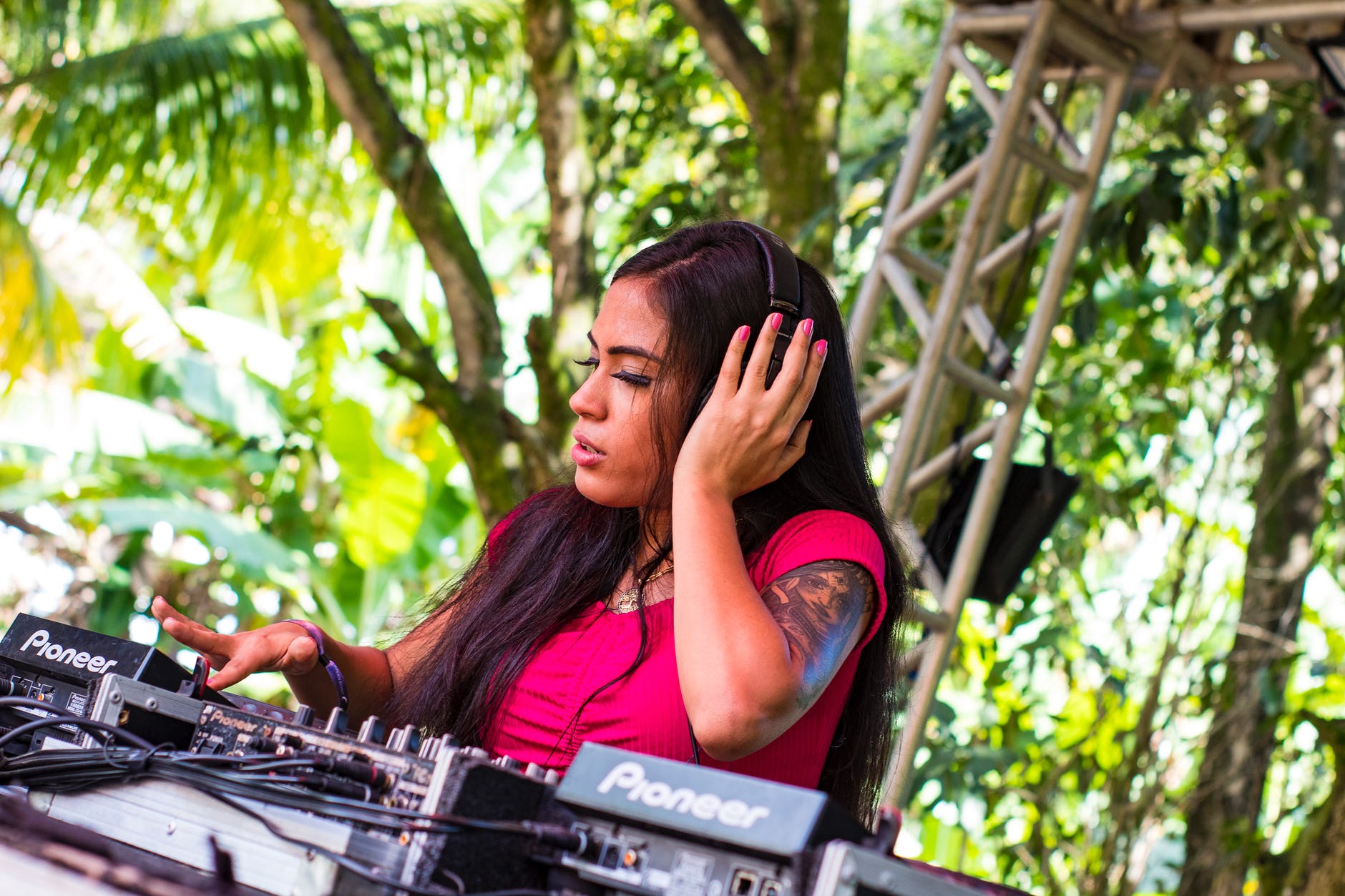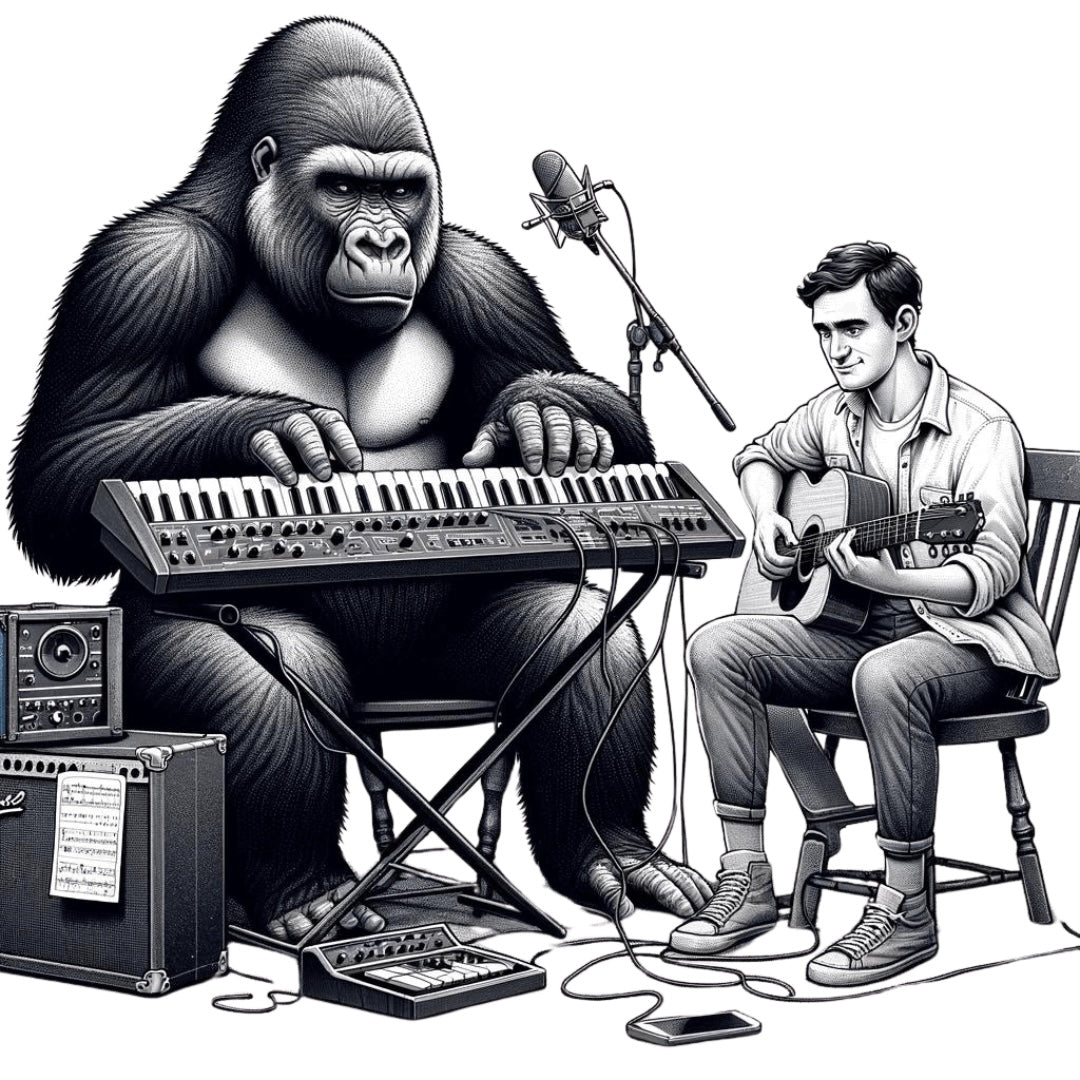How might new clubs stand the test of time in five or ten years?
Written by Pete Armitage
Nightclubs around Berlin and the rest of the world have been closed for months. The few that have reopened are operating under different guises - offering food during the day in outdoor areas, the dancefloor remaining very much out of bounds.
Unfortunately, much of the appeal of the club experience is in the close proximity to strangers, the loss of one’s personal space seeming to be somewhat therapeutic in the right context.

Faced with the realisation that social distancing will probably be a part of our lives for the foreseeable future, how can clubs offer a safe, futureproof space for revellers in the years to come? There are already several innovations and novel approaches which might reveal what the future of clubbing will look like:
Nightclub promoters have been busy finding solutions to restrictive COVID-19 regulations1. Superclub ‘Index’ in the town of Schüttorf in North-west Germany have begun to throw their own aptly named ‘Autodisco’ parties. The events allow drivers to pull up into a car park and use their radio to tune into the audio stream, whilst watching the DJ from the comfort of their car, providing some semblance of genuine ‘attendance’ at the club. The whole concept seems akin to the drive-in cinema, except with techno.
More information on Index’s autodisco events can be found here
World Club Dome, an EDM festival usually held in Frankfurt’s Commerzbank Arena football stadium have also experimented with a similar concept. Making use of Autokino Dusseldorf, the outfit hosted three drive-in events during the peak of lockdown, complete with the pyrotechnics and lasers that characterise their usual events. Unfortunately, their venue of choice was located very close to the airport, and their last scheduled event on June 10th had to be cancelled. More can be read about the World Club Dome drive-in edition here.

As venues slowly reopen after the peak of the pandemic, the screening of attendees for COVID-19 infection is of paramount importance.
With no immediate prospect of a vaccine, strategies for community mitigation to reduce or prevent local disease transmission are a priority for governments and businesses alike, essential if they wish to remain safe. Non-contact temperature assessment devices such as infrared thermographic cameras provide a non-invasive and time-efficient method of screening clubbers, and these ‘laser thermometers’ may well be a common sight in surviving nightclubs in the months and years to come.
Maltese DJ Carl Lautier spoke to LoveinMalta about the issue, ‘...I would definitely expect new protocols before entering venues. There is nothing keeping us back from applying the same measures we take before entering a supermarket or shop. I think laser temperature and sanitisers every time you enter a venue will probably become the new norm.’
We’ve already seen it in Berlin in the likes of Sisyphos and Kater Blau. Clubs may be able to operate using the same spaces, albeit whilst enforcing social distancing guidelines, i.e. no dancing.
Sisyphos for example is currently open as a beer garden. However, despite the Berlin Senate relaxing protective measures on Saturday 20th June, allowing events of up to 300 people in closed rooms to occur (providing PPE is worn), the minimum distance rule of 1.5 metres remains - prohibiting unbridled , dance floor activity for the foreseeable future.
Micrashell ‘was born as a socially responsible solution to safely allow people to interact in close proximity.’
It’s designers, LA-based studio Production Club, are currently looking for funding for the concept, and at first glance it appears to provide a brilliantly futuristic solution to the implications of social distancing during a pandemic.
The suit itself has an air-tight top to prevent infection transmission, and magnetic docking points for drink or vape canisters which are both ‘functional and ornamental.’
Additionally, the inbuilt sound system allows the user to listen to live music in 3 modes:
– Directly streamed from the DJ/band (dry)
– As an emulation of the room’s sound based on psychoacoustics (wet)
– As a passthrough from the room thanks to the suit’s embedded microphone.’
To be honest, the suit looks absolutely brilliant, rather like something out of an Asimov novel. Let’s hope we see it in clubs in the near future.
The likelihood of transmission of COVID-19 is much higher indoors according to research. William Schaffner, a professor of preventive medicine and infectious diseases at Vanderbilt University, told Business Insider, ‘...in such a tightly enclosed space without vigorous air movement for a short period of time, I'm afraid you might be exposed.’
Evidence also suggests that UV rays from the sun can lower the possibility of infection. Indeed, a study published in The Journal of Infectious Diseases8 found that 90% of coronavirus particles were deactivated within 10 minutes after exposure to ultraviolet light from the midday sun.
So surely one of the easiest ways to promote safety at future events is by simply holding them outdoors, and this ought to be considered when designing new venues, with as much ventilation as possible, and perhaps even open-top roofs like the old DC10 for summer months!
- https://www.i-n-d-e-x.de/
- https://www.worldclubdome.com/drive-in
- https://lovinmalta.com/lifestyle/music/this-is-what-the-future-of-clubbing-will-look-like-according-to-maltese-djs/
- https://www.timeout.com/news/german-clubs-are-hosting-socially-distant-drive-in-raves-050520
- https://www.tagesspiegel.de/berlin/keine-kontaktbeschraenkungen-groessere-veranstaltungen-diese-lockerungen-gelten-in-berlin-ab-samstag/25939788.html
- https://edition.cnn.com/style/article/nightlife-and-club-culture-coronavirus/index.html
- https://production.club/featured-projects/
- Shanna Ratnesar-Shumate, Gregory Williams, Brian Green, Melissa Krause, Brian Holland, Stewart Wood, Jordan Bohannon, Jeremy Boydston, Denise Freeburger, Idris Hooper, Katie Beck, John Yeager, Louis A Altamura, Jennifer Biryukov, Jason Yolitz, Michael Schuit, Victoria Wahl, Michael Hevey, Paul Dabisch, Simulated Sunlight Rapidly Inactivates SARS-CoV-2 on Surfaces, The Journal of Infectious Diseases, Volume 222, Issue 2, 15 July 2020, Pages 214–222, https://doi.org/10.1093/infdis/jiaa274





